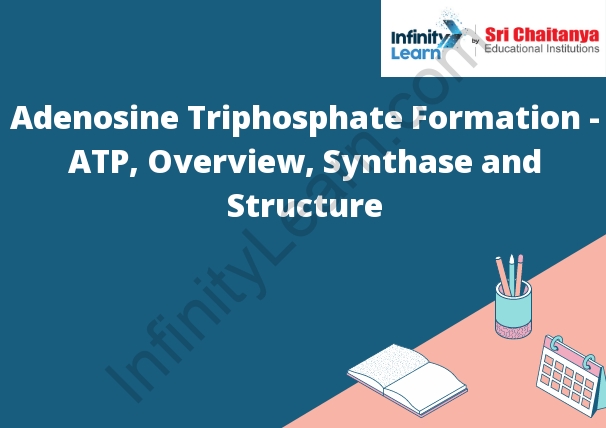Table of Contents
Introduction to ATP Formation
Adenosine triphosphate (ATP) is a molecule that is used to store and transfer energy in all living cells. ATP is produced when enzymes called ATP synthases convert adenosine diphosphate (ADP) and inorganic phosphate (P i ) into ATP. The energy released during this process is used to power the cell’s metabolic activities.

A Brief Overview of ETC
Ethereum Classic is a decentralized platform that runs smart contracts: applications that run exactly as programmed without any possibility of fraud or third party interference. Ethereum Classic is a continuation of the original Ethereum blockchain – the classic version preserving untampered history; free from external interference and subjective tampering of transactions.
Need for PMF
The PMF program is designed to identify and develop potential leaders for the Federal government. The program is open to all U.S. citizens who have a bachelor’s degree or higher. The program provides participants with the skills and knowledge necessary to succeed in a leadership role in the Federal government.
Chemiosmotic Model
The chemiosmotic model is a model of cellular respiration that describes the role of the electron transport chain in the production of ATP. The model is based on the observation that the transport of electrons through the electron transport chain produces a proton gradient across the mitochondrial membrane. This proton gradient is used to power the production of ATP by the ATP synthase enzyme.
ATP Synthase
ATP synthase is an enzyme that helps in the production of adenosine triphosphate (ATP), a molecule that provides energy to cells. The enzyme is found in the mitochondrial membrane and is composed of two parts, an F1 portion that contains the catalytic site, and an F0 portion that contains the proton channel.
The F1 portion of the enzyme catalyzes the reaction of adenosine diphosphate (ADP) and inorganic phosphate (P i ) to form ATP and orthophosphate. The F0 portion of the enzyme transports protons across the mitochondrial membrane, and the energy released by the proton gradient is used to drive the reaction.
Structure of the ATP Synthase
The ATP synthase enzyme is a large and complex enzyme that is responsible for the synthesis of ATP from ADP and inorganic phosphate. The enzyme is found in the mitochondrial matrix and consists of two parts, the F1 domain and the F0 domain. The F1 domain is a rotary motor that is responsible for the synthesis of ATP, and the F0 domain is a proton channel that provides the energy for the motor to rotate.
Rotational Catalysis
In rotational catalysis, the reactants are adsorbed on the surface of a rotating solid and the reaction is induced by the motion of the solids. The rotating solid provides a large number of collision surfaces for the reactants to interact with, which increases the reaction rate. Additionally, the motion of the solids helps to mix the reactants and promote the exchange of electrons, which also increases the reaction rate.
Inhibitors
Non-steroidal anti-inflammatory drugs (NSAIDs), such as ibuprofen and naproxen, are the most common inhibitors of prostaglandin synthesis. They work by blocking the action of cyclooxygenase, the enzyme that catalyzes the conversion of arachidonic acid to prostaglandins.
Aspirin is a more potent inhibitor of cyclooxygenase than NSAIDs. It blocks the enzyme permanently, whereas NSAIDs block it only for a short period of time. This is why aspirin is used to treat chronic pain, whereas NSAIDs are used to treat acute pain.









